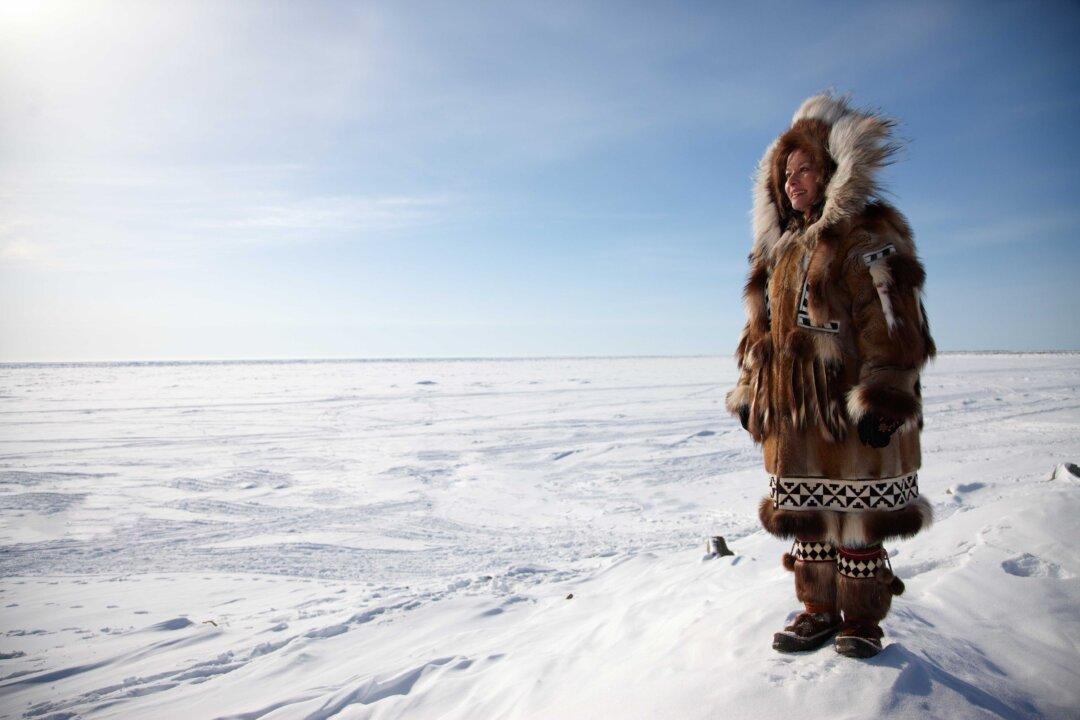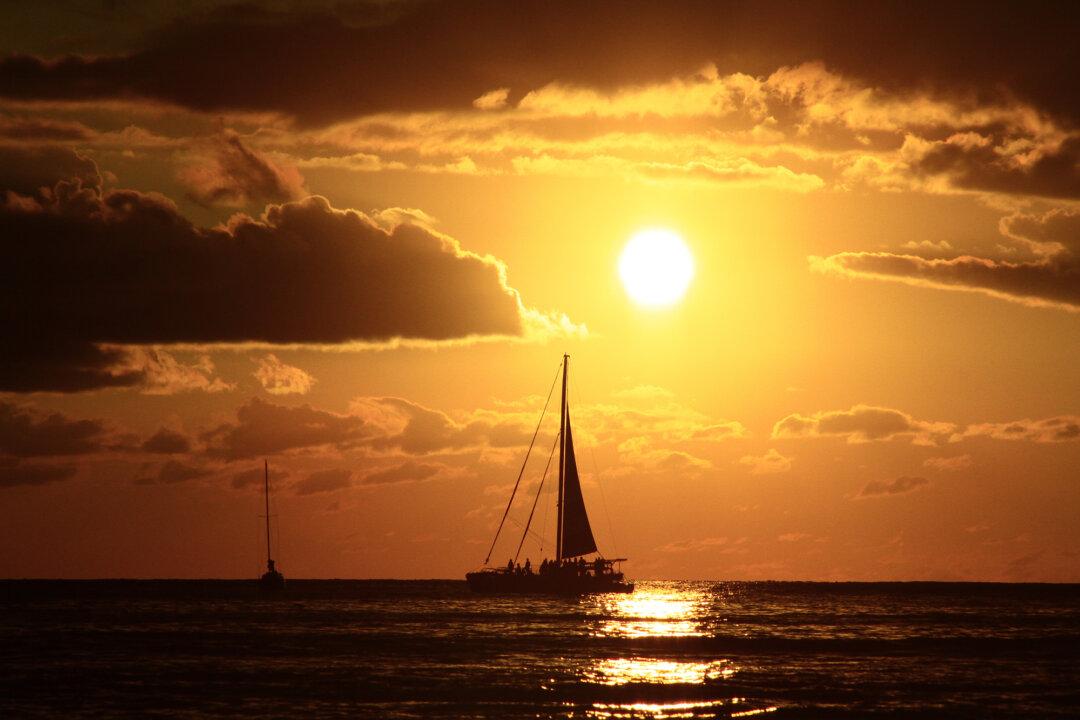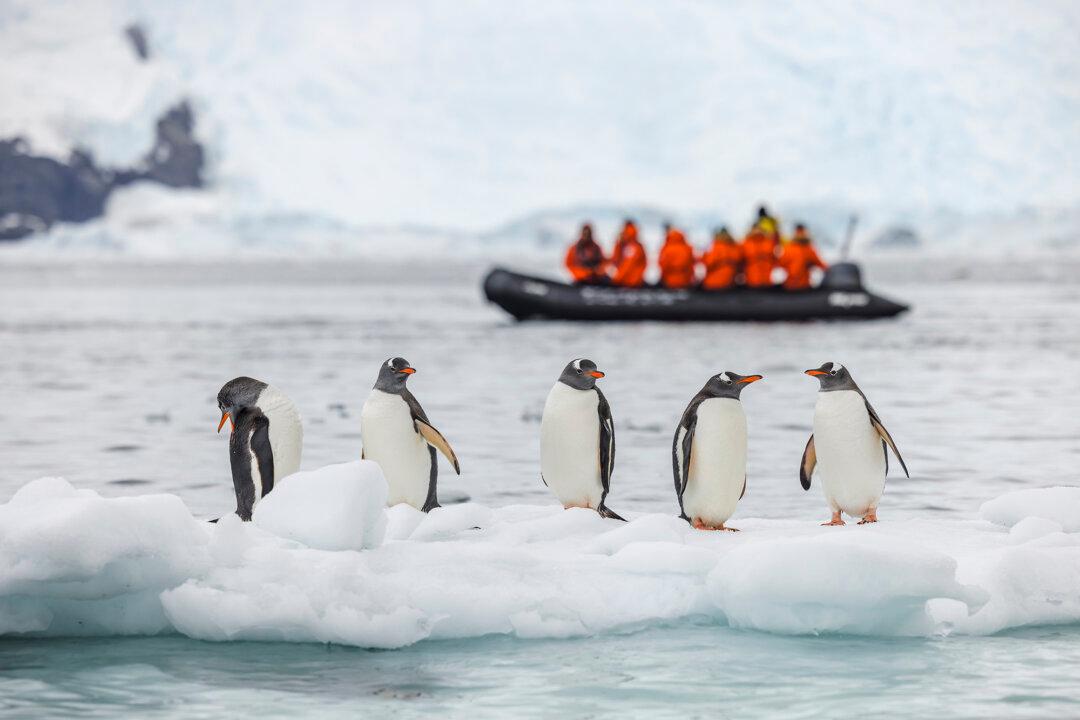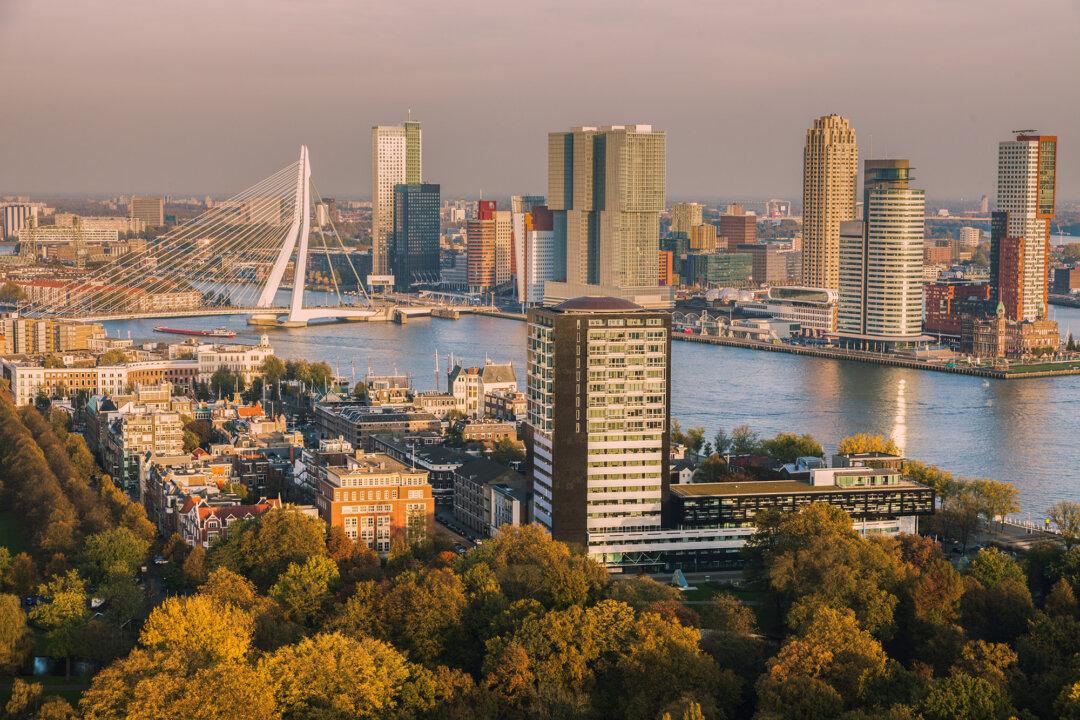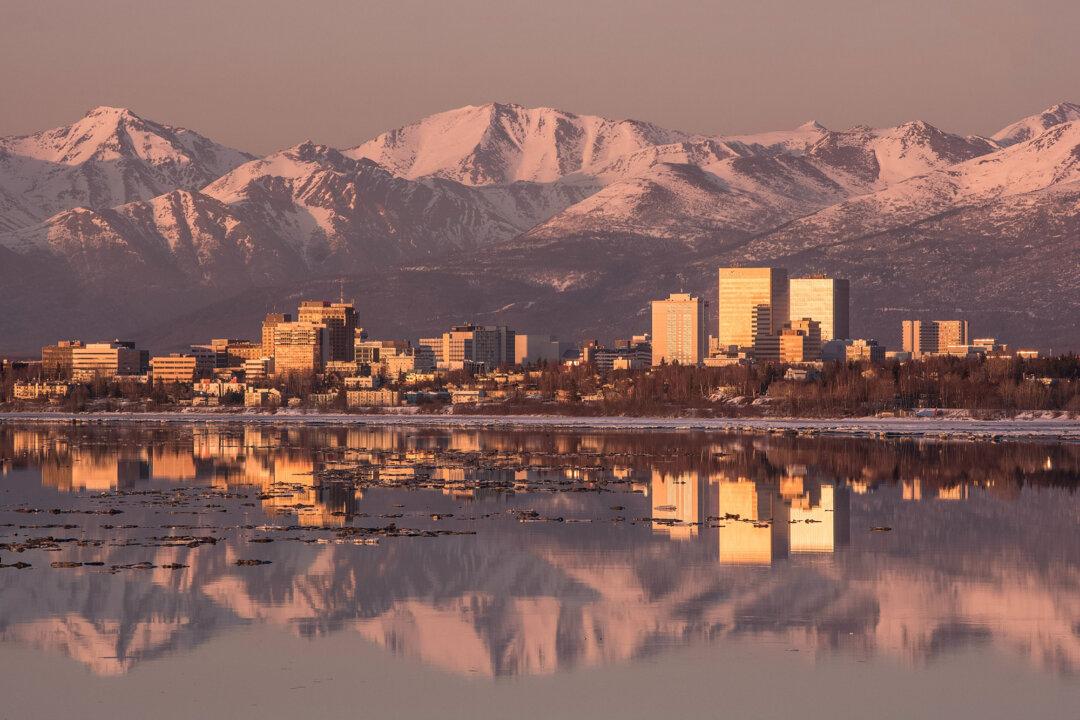It is difficult to even begin to comprehend a place like Alaska. Vast, in a way that’s almost indescribable. Arctic tundra and temperate rain forest. The tallest mountain on the continent, so high that its summit is coated with mighty glaciers and, most of the time, shrouded by cloud. Untamed rivers flowing into frigid seas. Wilderness that is—with no exaggeration—big enough to swallow you whole.
The stats on the 49th state, famously known as America’s last frontier, are rather breathtaking. Alaska is home to more than half of the world’s glaciers, and fully 5 percent of its territory is covered by them (a total of 29,000 square miles). Of the top 20 highest mountains in the United States, 16 are here.

